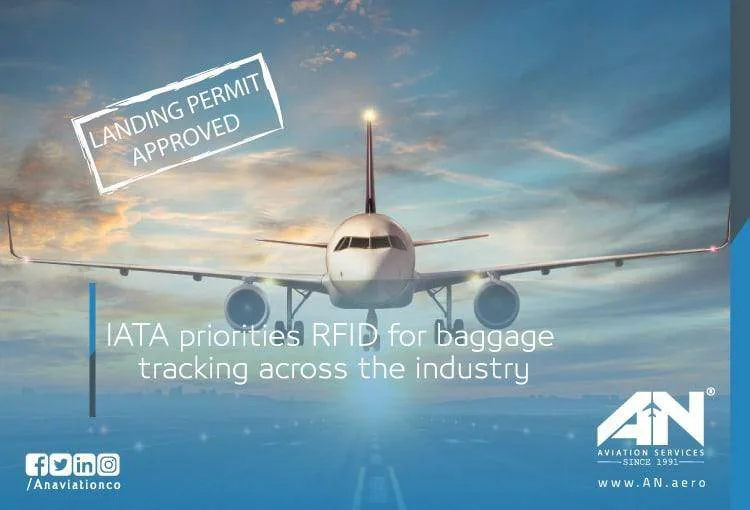
In the intricate world of aviation, where regulations and operations intersect, landing permits play a crucial role in ensuring safe, legal, and efficient flight operations. Whether for commercial airlines, private jets, or cargo carriers, obtaining proper authorization from the civil aviation authorities of a destination country is a mandatory step for any aircraft wishing to land on foreign soil.
But what exactly are landing permits, and why are they essential? More importantly, how does one navigate the process of obtaining them? Let’s explore the nuances of landing permits and their significance in global flight operations.
What Are Landing Permits?
A landing permit is an official authorization granted by a country’s civil aviation authorities (CAAs) that allows an aircraft to land at one of its airports. These permits are essential for international flight operations, ensuring compliance with aviation regulations and air traffic control protocols. Without a valid permit, an aircraft cannot legally touch down, even if it’s carrying passengers, cargo, or emergency supplies.
Permits are typically required for both commercial and private operations, although the specifics depend on the country in question and the type of flight. Some countries also require overflight permits, which allow an aircraft to pass through their airspace without landing.
Why Are Landing Permits Essential?
Permits serve several critical purposes, from operational safety to regulatory compliance. Here’s why they are indispensable in aviation:
Ensuring Compliance with International Aviation Standards:
Aviation is governed by strict protocols outlined by bodies like the International Civil Aviation Organization (ICAO). Landing permits ensure that aircraft adhere to these guidelines, including airworthiness, noise regulations, and operational standards.
Avoiding Airspace Violations:
Unauthorized entry into a country’s airspace or landing at its airports without permission can lead to severe penalties, including fines or detainment of the aircraft. Landing permits act as a preventive measure against such violations.
Streamlining Air Traffic Management:
By requiring permits, civil aviation authorities can coordinate air traffic efficiently, avoid congestion at airports, and ensure smooth flight operations.
Facilitating Security and Environmental Compliance:
Landing permits often come with specific conditions, such as compliance with noise regulations, payment of navigation fees, or submission of security documentation. These conditions uphold both national security and environmental standards.
Types of Landing Permits
Landing permits are categorized based on the nature of the flight. The two primary types include:
- Commercial Landing Permits: These are required for airlines or charter operators carrying passengers or cargo for profit. The application process for commercial permits often involves stricter scrutiny to ensure compliance with international and national aviation laws.
- Private Landing Permits: These are issued for non-commercial operations, such as private jets or personal aircraft. While the process may be less stringent, it still requires submission of key documents like the airworthiness certificate and insurance coverage.
The Landing Permit Process
The process of obtaining a landing permit varies by country but typically involves several key steps. Here’s an overview:
Application Submission:
Operators must submit a permit application to the relevant civil aviation authorities of the destination country. This application includes details such as the aircraft’s registration, purpose of the flight, crew information, and intended schedule.
Review of Documents:
Civil aviation authorities review the application to ensure compliance with specific requirements, such as airworthiness, insurance coverage, and noise certifications.
Payment of Navigation and Handling Fees:
Many countries charge navigation fees or require advance payment for ground handling services. These fees are typically part of the permit approval process.
Approval Notification:
Once all criteria are met, the operator receives an approval notification, granting permission for the flight to land.
Compliance During Operations:
Upon arrival, the flight crew must adhere to all conditions outlined in the permit, such as parking allocations, customs regulations, and environmental requirements.
Factors That Influence Permit Approval
Several factors can affect whether a landing permit is approved or denied:
- Noise Regulations: Aircraft must meet noise standards to operate in certain countries, particularly those with strict environmental laws.
- Airspace Availability: Air traffic congestion can impact permit approval, particularly at busy international hubs.
- Flight Purpose: Some countries impose stricter requirements for flights carrying sensitive cargo or operating on specific missions.
- Documentation Accuracy: Incomplete or incorrect documentation can lead to delays or denials.
- Last-Minute Requests: Countries often prioritize permits submitted well in advance over urgent or last-minute requests.
Challenges in the Landing Permit Process
Despite its importance, obtaining a landing permit is not without challenges. Operators often face the following issues:
- Complex and Varying Requirements: Each country has unique regulations, making it difficult to standardize the application process.
- Tight Deadlines: Urgent or unscheduled flights often require expedited processing, which can be a logistical challenge.
- Communication Barriers: Differences in language or bureaucracy can complicate coordination with foreign authorities.
- Unforeseen Delays: Weather disruptions, technical issues, or public holidays in the destination country can delay permit approvals.
Simplifying the Permit Process
To simplify the complex permit process, many operators work with third-party specialists or trip support providers who are well-versed in international aviation regulations. These experts manage everything from submitting applications to coordinating with authorities, ensuring a smooth and efficient process.
Additionally, technological advancements have made it easier to streamline permit requests. Online platforms and automated systems now enable operators to track applications, submit documents, and receive approvals in real time, minimizing delays and reducing administrative burden.
Conclusion: The Role of Landing Permits in Aviation Success
Landing permits are the backbone of safe and regulated flight operations. From ensuring compliance with civil aviation authorities to facilitating seamless air traffic management, these permits are integral to the aviation industry.
While the process can be complex, understanding the requirements and working with experienced professionals can simplify operations significantly. In the fast-paced world of aviation, where every detail matters, securing the right permits ensures not only compliance but also the safety and efficiency of every journey.

